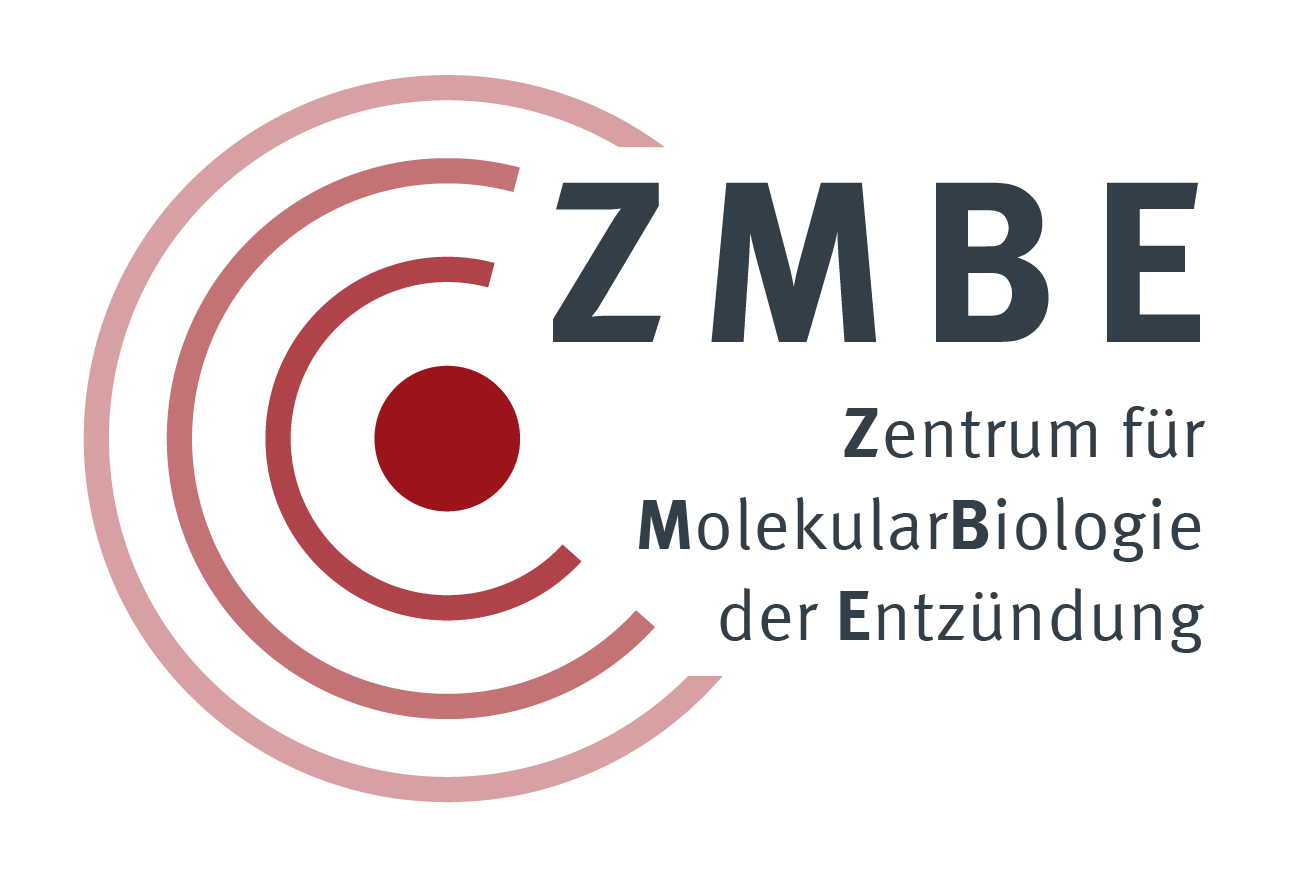Pattern Recognition
The innate immune systemi is the first line of defense . For the early activation of cell protective mechanisms against pathoges, germline-encoded pattern recognition receptors (PRRs) detect characteristic and evolutionary conserved pathogen-associated molecular patterns (PAMPs). PRRs, key elements in the innate immune response, also sense danger-associated molecular patterns (DAMPs) that are released by host cell molecules under pathophysiological conditions. Formyl peptide receptors (FPRs) are G-protein-coupled PRRs that respond to a surprisingly broad range of ligands, derived from both pathogens and host cells. We investigate the molecular, cellular, and pathophysiological relevance of the FPR signaling axis n the light of “biased agonism”, a modern concept of GPCR (G-protein coupled receptors) activation in the light of “biased agonism”, a modern concept of GPCR (G-protein coupled receptors) activation. These novel insights into FPR biochemistry will explore the potential therapeutic value and lead to novel strategies for the urgently needed development of drugs with pharmacologically advantageous characteristics.
Read on:
Raabe CA, Gröper J, Rescher U. (2019) Biased perspectives on formyl peptide receptors. Review. Biochem Biophys Acta -Mol Cell Res 10.1016/j.bbamcr.2018.11.015
Host-Pathogen Interplay
The virus-host contact at endolysosomes is the first cellular barrier for viruses that gain entry into the host cell by transferring their genome into the cytosol of the host cell via virus-endosome fusion. Thus, the endolysosomal compartment is a crucial host-pathogen interface for many enveloped viruses and the efficient endosomal escape a cellular bottleneck in their infection cycle. Not surprisingly, this first cellular barrier is indeed a hotspot for cellular self-defense through several interferon (IFN)-induced antiviral proteins that function at the virus-endolysosome interface. We hypothesize that a tug-of-war between the virus and the host cell shapes this compartment, driven by the viral need for a fusion-supporting environment and the onset of the cell-autonomous defense mechanisms against the incoming virus. A precise understanding of the complex virus-host engagement at this major entry site for enveloped viruses is thus crucial for our understanding of the infection process, will identify druggable targets, and thus bears a high potential to develop novel, innovative next-generation antivirals based on the host’s innate immune defense as effective antiviral intervention against a whole range of viruses. Our work suggests that endosomal maturation, endosomal cholesterol transport, and endosomal Ca2+ control are coupled elements in endolysosomal maintenance, raising the question as to whether and how these elements also have a role in the entry of enveloped viruses.
Read on:
Schloer S, ..., Rescher U. (2021) Drug synergy of combinatory treatment with remdesivir and the repurposed drugs fluoxetine and itraconazole effectively impairs SARS-CoV-2 infection in vitro. Br J Pharmacol 10.1111/bph.15418
Membrane trafficking
Endothelial cells are key regulators of vascular homeostasis and inflammatory processes. The proper execution of fundamental endothelial functions depends on the lateral compartmentalization of the plasma membrane into microdomains such as the tetraspanin-enriched microdomains that, together with cholesterol, assemble large, supramolecular functional units. We investigate how functional complexes at the plasma membrane of endothelial cells are controlled and modified by delivery from endolysosomal organelles to the plasma membrane via the Weibel Palade bodies (WPBs). These unique lysosome-related endothelial storage organelles fuse with the PM upon secretory stimulation. We identified central elements of the endolysosomes-to WPB transport such as endolysosomal cholesterol balance, endolysosomal Ca2+ release via ion channels, and Ca2+-dependent lipid binding proteins of the annexin family which are recruited to endolysosomes under cell stress.
Read on:
Poeter, ..., Rescher U. (2014) Annexin A8 controls leukocyte recruitment to activated endothelial cells via cell surface delivery of CD63. Nat Commun 10.1038/ncomms4738


